Talent acquisition can seem confusing, even for a seasoned recruiter. What works for one industry, region, or job type may not work for another. That's why the best recruiters and companies leverage data analytics to improve their recruitment process and reach more candidates.
"Recruitment marketing uses the same data analysis strategies and tactics as those used for traditional sales-oriented marketing—and you can quickly begin improving results and boosting your talent pipeline by integrating proven techniques into your marketing materials and workflow," says Whitley McAlister Cain at AMG Defense Tech.
However, it's important to ensure you use the right metrics for the job and look at more than just application results. That's why AMG Defense Tech encourages our clients to use advanced analytics in the following recruitment channels – using the flow of how a passive job candidate most likely comes to you:
- Social Media Posts
- Company Website
- Application Process
In this article, we'll break down the most important areas of analysis in each of these domains—and give you useful key performance indicators (KPIs) you can leverage to improve results.
Social Media Content
Social media is often the core of a successful candidate marketing strategy. That's because it meets the candidate where they spend the most time. Companies that use data-driven LinkedIn and Facebook campaigns to promote their company brand and reach candidates have a strong talent pipeline and attract higher-quality workers than the competition.
You can use advanced analytics tools on these platforms to assess the impact of both paid and organic content. This allows you to better understand:
- Ideal Posting Day & Time
- Content Formats that Boost Engagement
- Generate Topics that Interest Readers
- Assess Overall Brand Sentiment
- Return on Investment (ROI)
We encourage clients to use native analytics tools on these social media sites, combined with Google Analytics and social listening tools.
Native analytics tools can help you understand what day and time is best for getting the most engagement out of your posts. They'll also help you quickly identify the top content formats and topics that appeal to your audience.
On the other hand, social listening tools, such as Brandwatch, Sprout Social, and Synthesio, help you assess brand sentiment and identify any negative opinions before they spread. You can see other top social listening tools here.
Finally, Google Analytics is an outstanding tool for assessing ROI. You can use the platform to measure click-through rates from social media posts and measure how many candidates apply after viewing a post.
Company Website
When it comes to your overall company website, there are two tools we recommend using to improve the user experience and increase visitors' interaction time with your brand.
The first tool is Google Analytics (currently referred to as "GA4", which is an industry-standard because of its advanced reporting capabilities and useful KPIs. Your team can use Google Analytics to measure:
- Website Traffic Data
- Average Session Duration
- Click-Through Rate
- Source/Medium – how they got there
- Bounce Rate
- Unique Page Views
- Application start/finish or more importantly, those who started without finishing
These 5 KPIs give you a 360-view of candidate interactions on your website. You can use website traffic data to measure an increase or decrease in the number of users per month, helping you assess the results of SEO and social media campaigns. The average session duration also lets you know how long users browse your site. When you see an uptick in this KPI, you'll know that your content is resonating with visitors.
In addition, the bounce rate shows you how many visitors leave your website after a short time period, or now as Google determines a non-engaged session. If you have a high bounce rate, you know that your landing page isn't resonating with visitors—and you'll need to improve copy and the overall user experience to improve.
Finally, the number of unique page views is another critically important metric. It tells you how many individual pages each visitor views on average. A high number of page views (over five) validates the content on your website and shows that visitors are interacting with your brand.
Application Process
While many companies invest large amounts of time and money into building an eye-catching website that wows visitors, the careers portal and application process are often an afterthought. But you can't afford to skip the optimization of this critical step. A poorly designed and frustrating job application process (or too lengthy) can turn the best candidates away—and make all your candidate marketing efforts less effective.
But, by designing a smooth, user-friendly application process and leveraging data analytics to analyze the candidate experience you can create a streamlined experience and attract better candidates.
The most important KPI in this domain is the application exit rate. If your analysis shows a high exit rate from candidates, you can simplify the application process to increase the number of successful applications.
You can also assess the specific stage where candidates tend to exit the application process. In our experience, this typically happens in the job history step. Your team can improve this critical step in the process and reduce the number of failed applications by integrating AI into the career portal to streamline the process and auto-filling past jobs from an uploaded resume or LinkedIn profile.
AMG Defense Tech Specializes in Recruitment Marketing Data Analytics
At AMG, we helped companies develop a data-driven approach to recruitment marketing—ensuring you get the best results and highest ROI on every dollar spent. Our specialists will help your recruitment team develop eye-catching website content that converts, social media posts with high engagement, and create traditional media advertisements that cut through the noise and attract your region's best candidates.
Contact us today to learn how to build a cost-effective recruitment funnel that helps you meet your hiring goals.


 Ad Choices
Ad Choices